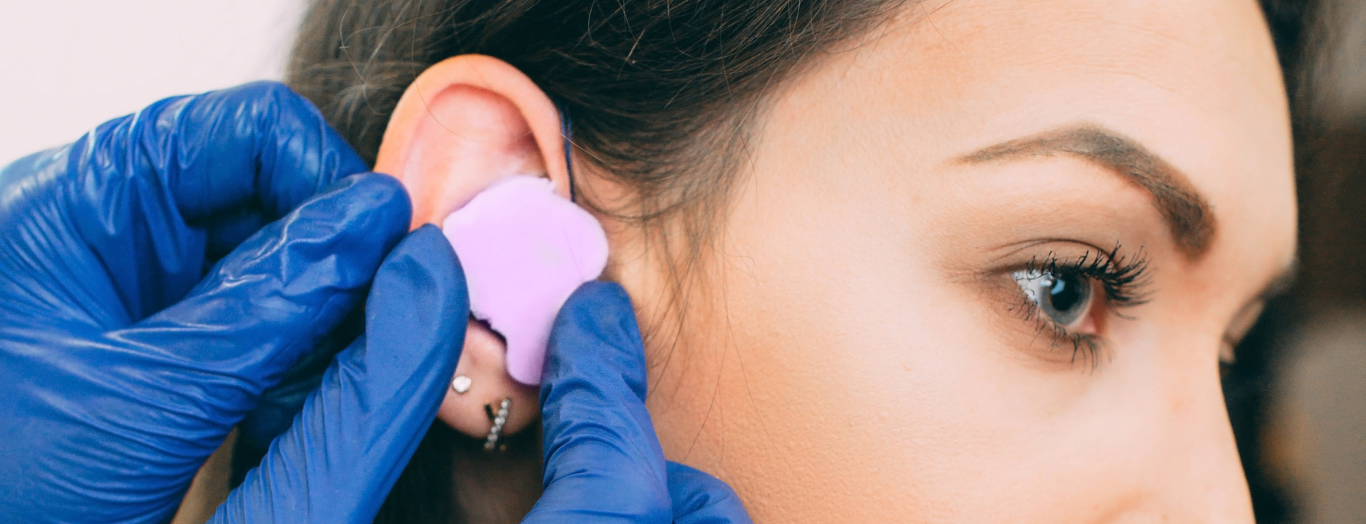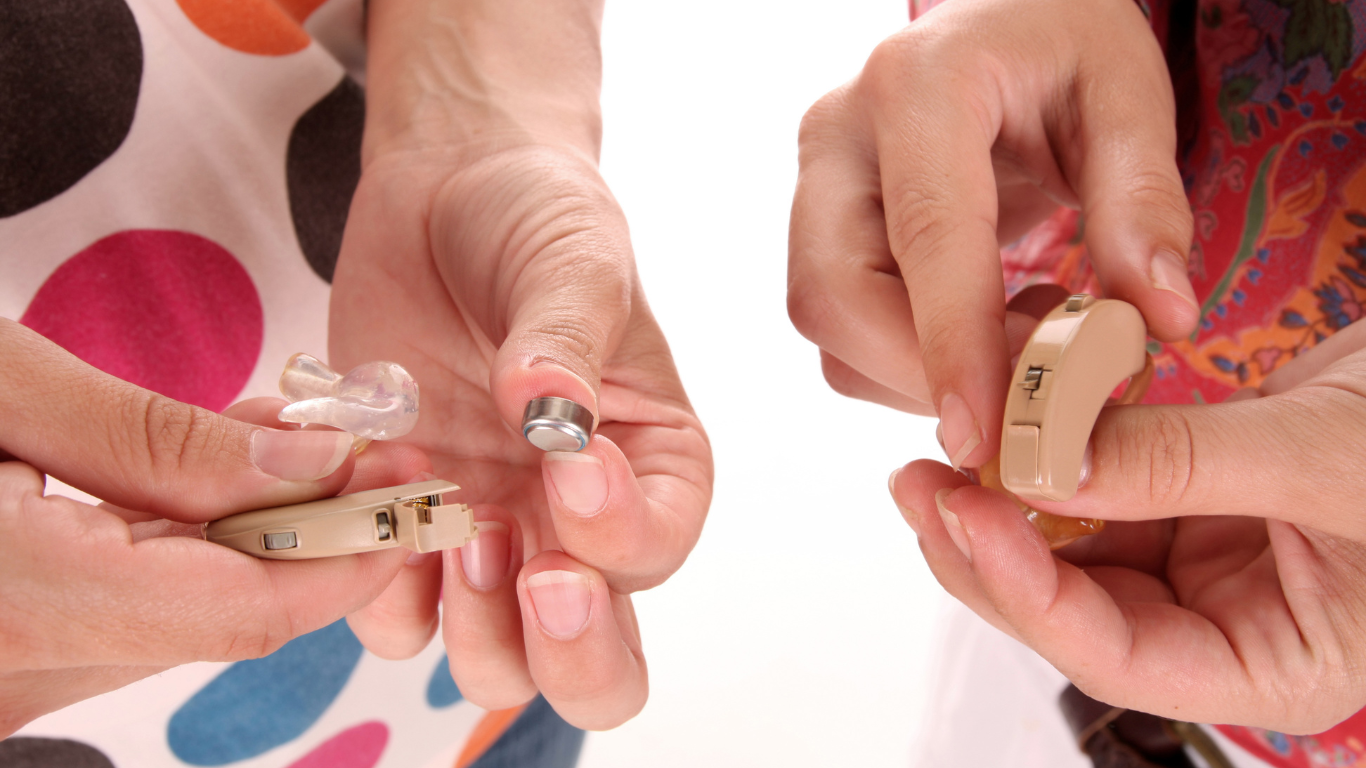Welcome to Our Blog
by: Alissa Horneland, BC-HIS
Onsite or Offsite Custom Hearing Protection Fittings or Tests

At Frequency Hearing, we know how important it is to keep your team safe and sound. We're here to help businesses like yours with a special service—making sure everyone has the right protection for their ears.
Safeguarding Your Team's Well-being
In busy workplaces, where everyone is working hard, it's super important to take care of your team's hearing. That's where Frequency Hearing comes in. We're offering a flexible service for businesses like yours that understand how crucial it is to look out for your team, whether they're on your premises or ours.
Why Onsite or Offsite?
We get that your job is demanding, so we give you options. Choose to have our experts come directly to you for onsite custom hearing protection fittings or tests, making it convenient for your team. Alternatively, you can visit our location for the same personalized service.
What We Offer:
- Understanding Your Workplace: Before we suggest anything, we check out your workplace really well. This helps us know what kind of hearing challenges your team faces. At this time we will also determine if your space is optimal for testing or if a clinic appointments would produce more reliable results.
- Fittings Just for You: One size doesn't fit everyone, especially when it comes to hearing protection. Our experts make sure each person on your team gets something made just for them, so it's comfy and works well.
- Tests to Keep Track: Checking your hearing regularly helps find problems early. We do these tests at your workplace or ours, making it easy for your team and not interrupting their work too much.
- Learn and Protect: Knowing about hearing protection is essential. We teach your team about it and make sure they know how to use their protection the right way.
Why Choose Us?
- Experts Who Care: Our team has experts who really care about keeping your team's hearing healthy.
- Latest Technology: We use the newest stuff to make sure our solutions are better than the standard.
- Your Needs First: Your happiness is super important to us. We work with you to make sure our services fit perfectly into your work, whether onsite or offsite.
Get in Touch
Make sure your team is safe by getting them the right hearing protection, whether onsite or offsite. Give us a call today and let's work together to make your workplace safer and happier.
At Frequency Hearing, we're not just about protecting hearing; we're about making work life better, one fitting at a time.










